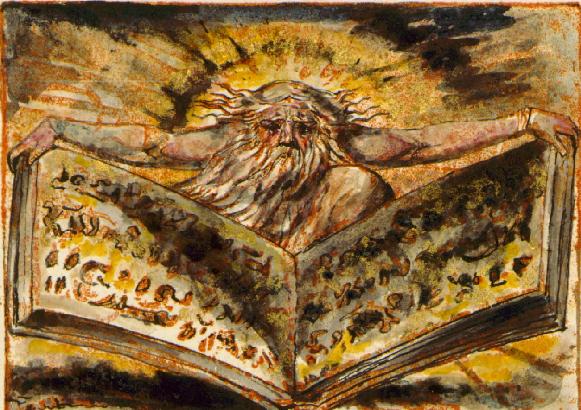
-=-Well, the technology was new, that must have made it seem snazzy.-=-
Books were written and illuminated and bound by hand on velum that was made by hand. That's beyond snazzy. That's like building a bridge or a church.
-=-All I learned in school about Guttenberg was "movable type"-=-
Right. The "new" technology before that was hand-carving each page in reverse. Those wooden printblocks didn't last very long at all. Or they could cast a page in lead. Lead ones didn't either. They couldn't make unlimited print runs. They couldn't even make LARGE print runs. Each page was printed and hung up or laid out to dry.
Owning a book created by hand is not even nearly in the same category as going and buying one of however-many-million copies of the new Harry Potter book.
I was talking to Keith last night about autographed books. I don't like to have them.🙂 Too much responsibility. I had an autographed copy of Shane and gave it away. Of course I wish I hadn't. But I'm glad I did. I gave away an autographed copy of the first novel my friend wrote (she's written several now) because it was about a period and incident I didn't care about; gave it to an unschooler teen who WAS interested.
What I told Keith was that I like to think of books as the essence of them, the information that's in them, not as their physical selves. On the other hand, I write in my books, and that makes that copy important to me and relatively less valuable to others, which is fine with me, because in my view of "that book" I haven't harmed the book (the greater soul of that collection of writings), just that COPY of the book.
A hundred years ago, and even more 200 years ago, and VASTLY more 500 years ago, that thought would have been nonsense. A book was a very valuable thing. More than the new iMac I just got (which was one of millions, and shouldn't be expected to last me ten years).
Trickery to lure Margaret out of hiding:
|
I was watching Sense and Sensibility yesterday. Part of the subplot of the movie (not of the essence of the novel, I think, which has existed since the early 19th century in many copies and passed through MANY kinds of printing processes) is that the youngest sister loves an atlas she has grown up with, in the library of the "stately home" (just an everyday large estate with dozens of servants, in those days—not a government-subsidized museum). An older half-brother inherits the house. The house includes the library. The atlas belongs to the owner of the house, whomever that might be.
Before that there was such a thing as "bound libraries": books were chained to the tables. Y'know bookstands, angled bookstands? There were big ones, with benches in front of them. Books LIVED there—not ten years, like an iMac. Hundreds of years, in universities. Universities existed because books lived in certain places. They weren't carried around in backpacks or the back windows of cars. They weren't carried around anywhere. They were transported in wooden trunks to the place where they would live from then on.
To this day, in English universities, someone will say "I'm reading in history" (whereas Americans say "I'm majoring in history"). They go to the university to read (at least linguistically), still.
One of the really interesting things about William Blake's writing and art was the medium he used—relief etching. Most scholars believe this process, which Blake claimed came to him in a dream delivered by his dead brother, was a kind of acid etching on copper. Blake, by trade an engraver, was able to print text and picture this way (so all the text was etched backwards) then use watercolors to finish.
The result is an amazing blend of literature and art and science and psychology and the paranormal and religion and mythology and...
~~Danielle
Emily (8), Julia (6), Sam (5)

Ah...
Books as ju-ju.
Some of the medieval monks were making ju-ju books, BIGtime. Even now, the dedication of a book creates ju-ju. A book is personified, embued with the soul of a person. And that meant a LOT more when there weren't going to be six million copies the first day. (I still am not over the stats on the new Harry Potter book, which I got on the first day and took a week to read.) Quite common in the Renaissance was dedicating a book to a king or some other royal patron. Still common into the early 20th century.



